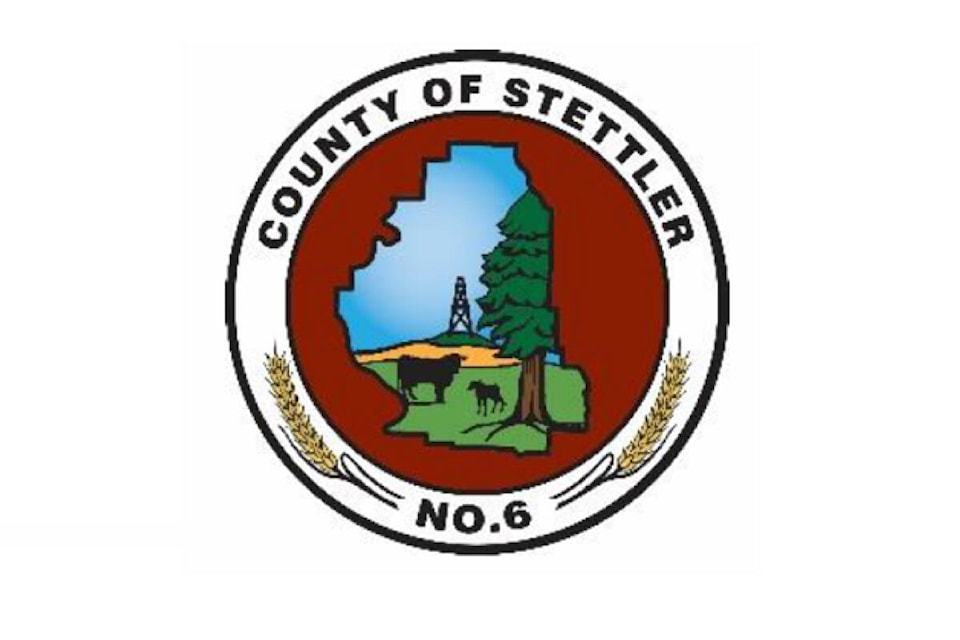By Stu Salkeld, Local Journalism Initiative Reporter
East Central Alberta Review
The County of Stettler Agriculture Service Board (ASB) heard reports that regional sources of water don’t appear to be in as bad a shape as southern Alberta. The reports were made at the March 26 regular ASB meeting.
The ASB is comprised of members of county council and chaired by Coun. Les Stulberg.
On their regular agenda was an item for board members called “drought report,” which was presented by Manager of Agriculture Operations Quentin Beaumont and Assistant Manager of Agriculture Operations Farrah Fischer.
Beaumont described recent government meetings he’d attended and it seems pretty clear that, with the threat of drought looming in the spring and summer of 2024, municipalities will play a big role in water conservation, especially through water shortage response plans.
Beaumont noted that Alberta’s water shortage management response plan is currently at level four out of five and 51 water shortage advisories are in place across the province.
Some positive news though was that the Red Deer River basin doesn’t appear to be in as bad a shape as basins in southern Alberta.
“(Red Deer River basin) forecasted flow volumes expected to be slightly below average to average,” stated Beaumont’s report to the board.
“Dickson Dam forecast increased by one per cent versus February forecast. Outlook for Red Deer River at Red Deer is unchanged.”
He also noted two March snowpack tests showed average levels.
Board member Justin Stevens stated he also heard that snowpack levels in the mountains had improved due to recent snowfall.
However, flow measurements on the Red Deer River seemed below average.
“On Feb. 26, the flow was measured (at Burnt Timber Creek) to be 4.35 mÑ/s, the fourth lowest winter measurement in the past 15 years,” stated the agenda report.
“On March 5, the flow (at Drumheller) was measured to be 15.9 mÑ/s, the third lowest March measurement in the last 25 years.”
Beaumont stated Gleniffer Reservoir (Dickson Dam) storage appears to be down somewhat:
“Current storage is 50 per cent on March 6 and down to 45 per cent on March 18. Normal for this time of year is between 53 and 64 per cent.”
Provincial view
The ASB also hosted Brandon Leask of Alberta Environment at their meeting to discuss drought issues and water conservation.
Leask began his presentation by discussing the Water Act (WA) and how it governs water in Alberta.
Leask noted some activities require approval under the WA, while some including diversion require a license. He noted licenses are prioritized by age, that being older licenses have priority over those not so old.
He stated that such a system may be difficult to enforce water restrictions in a drought, but Alberta Environment is encouraging water conservation all over the province; he added low moisture levels exist all over Alberta, not just the southern third.
“We’ve never seen anything like this before,” said Leask. He noted he regularly hears reports of historically low river and water body levels being recorded.
During the discussion board members mentioned the Red Deer River user group and other municipalities like the Special Areas and M.D. of Acadia are looking at irrigation projects.
It was suggested giving priority to older licenses may not be the best system, but Leask noted that’s for the Legislature to handle.
Reeve Larry Clark stated board members recently attended a meeting in Lethbridge and they saw no mention of drought or water conservation, even in the hotel they stayed in.
Board members accepted both reports for information.
